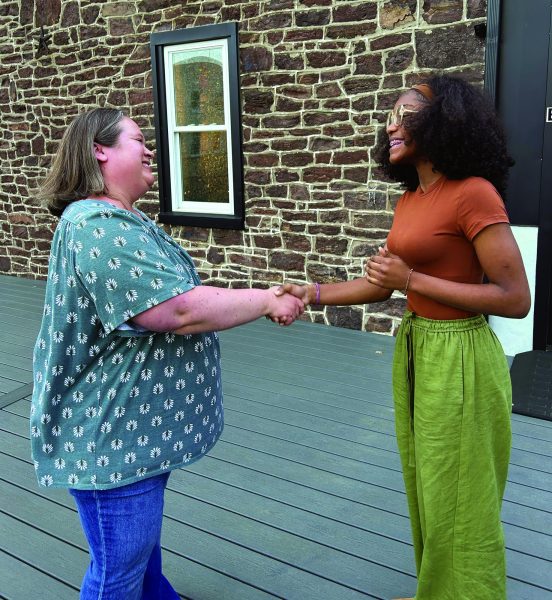Social media platforms spur Monkeypox hysteria
In order to induce hysteria and panic, individuals took to online platforms to spread inaccurate information regarding Monkeypox. These accounts gained popularity among their audiences.
Through the use of social media platforms like Tik Tok and Instagram, hysteria spread rapidly over the summer regarding the Monkeypox virus.
As the COVID-19 pandemic drew to a close this past summer and the country began to return to a “normal state,” panic arose surrounding Monkeypox, a virus whose cases were growing throughout the United States.
The Monkeypox virus is similar to the smallpox virus with less severe symptoms such as fever, chills and headaches.
Social media created mass hysteria surrounding the monkeypox virus.
Many teens were convinced the virus was spreading rapidly throughout the country with fatal consequences.
It was assumed that the virus was deadly. However, according to the CDC, there have only been two deaths in the United States caused by the virus.
While the spreading of misinformation is always harmful, the spread of false information regarding the Monkeypox virus was particularly damaging to the country following the COVID-19 pandemic.
The country was eager to return to a normal, pre-COVID-19 state.
Students were looking forward to seeing their classmates without masks in school and the return of milestone high school events such as school dances and pep rallies.
The breakout of a new disease throughout the country this summer suddenly threatened all of that.
The return to normalcy was put on pause.
The same hysteria had been seen throughout the country at the beginning of the COVID-19 pandemic.
The public was buying toilet paper by the ton. Food shortages ran rampant.
Civilians could be seen wearing hazmat suits while running errands.
When cleaning products such as hand sanitizer were bought up faster than workers could stock them on the shelves, some resorted to making their own.
A similar sense of panic and hysteria was seen with the Monkeypox virus on social media platforms.
The relatively new social media platform Tik Tok played a large role in the spread of content about the virus.
Videos were shared online describing the multitude of ways one can contract the virus, including handshakes and through the food we eat.
In reality, the virus is spread through close, intimate contact, most often sexually.
The spread of misinformation is not a new phenomenon.
We have seen this before countless times, whether it is during elections or pandemics or simply just celebrity gossip.
If we know this inaccurate information is out there, why as a society are we so quick to believe everything we see on social media?
When did we begin to trust what we read on Facebook, Instagram and Tik Tok platforms over reputable sources?
When did we turn away from science and instead put our faith in popular platforms and influencers?
The hysteria created around the Monkeypox virus was rampant and short-lived. It was just another trend to follow online.
However, no matter how short-lived this hysteria was, the dangers of misinformation are indisputable.






